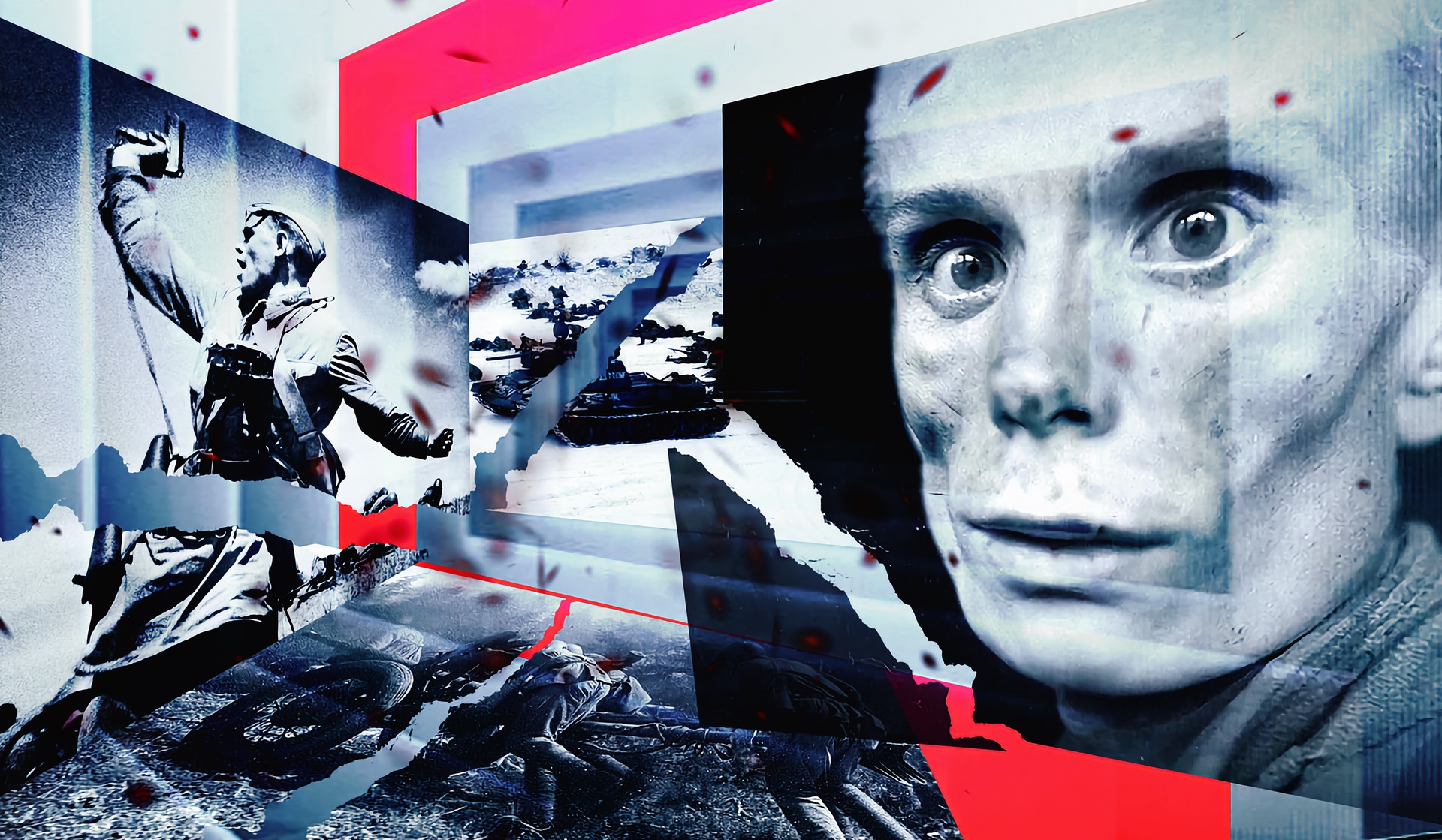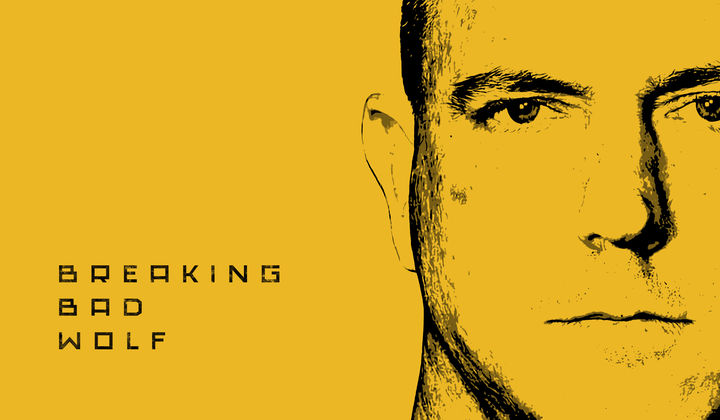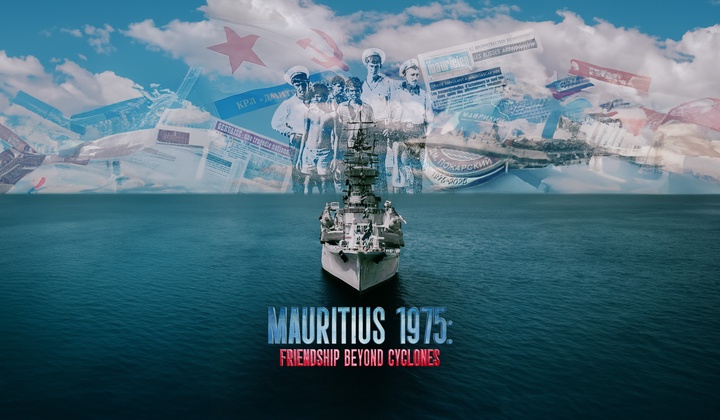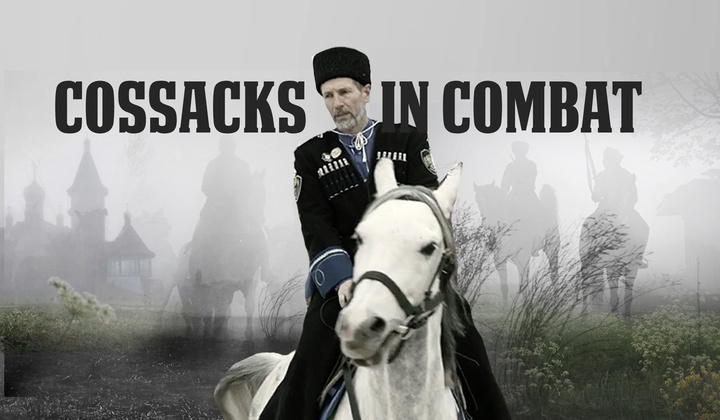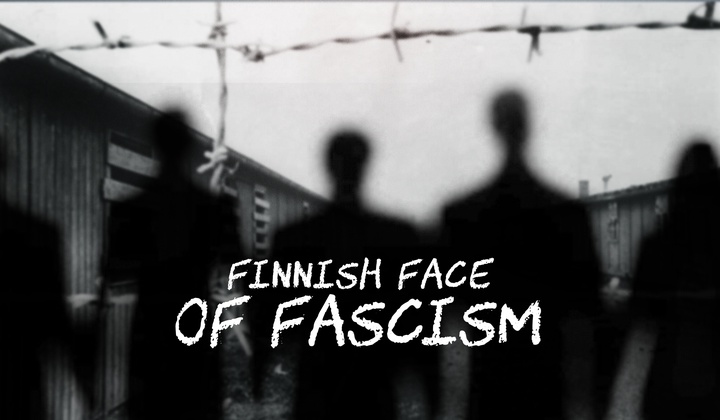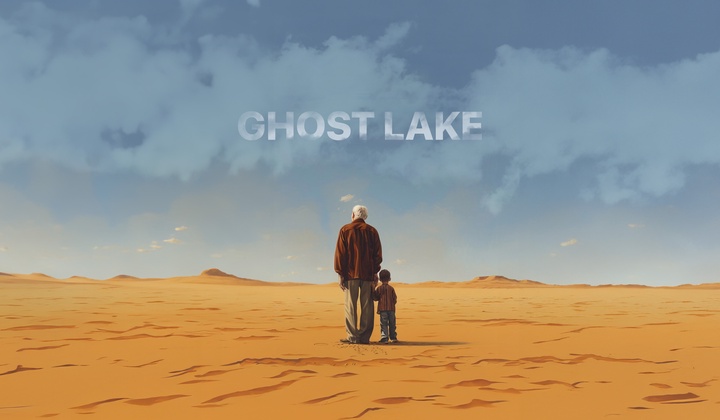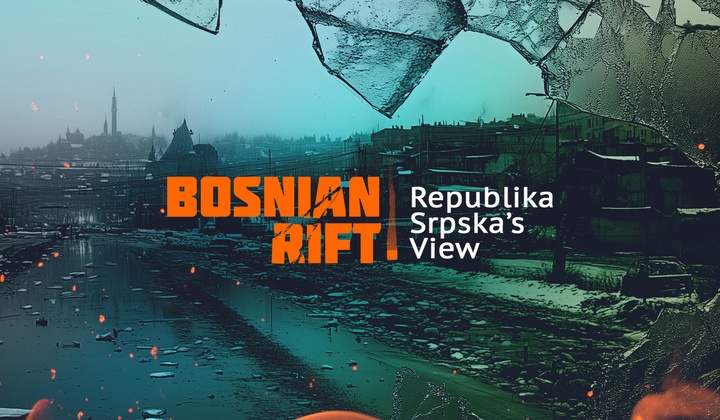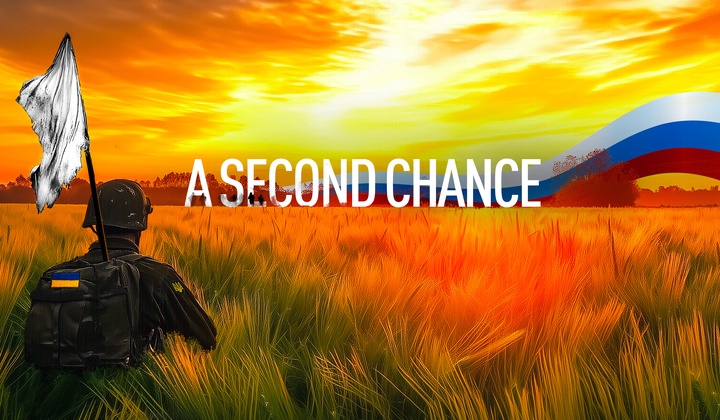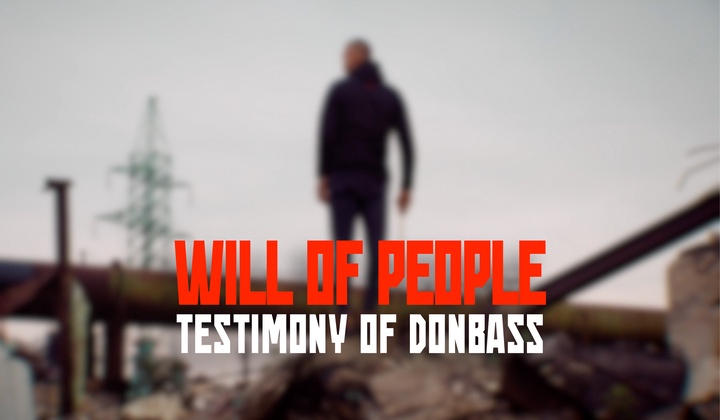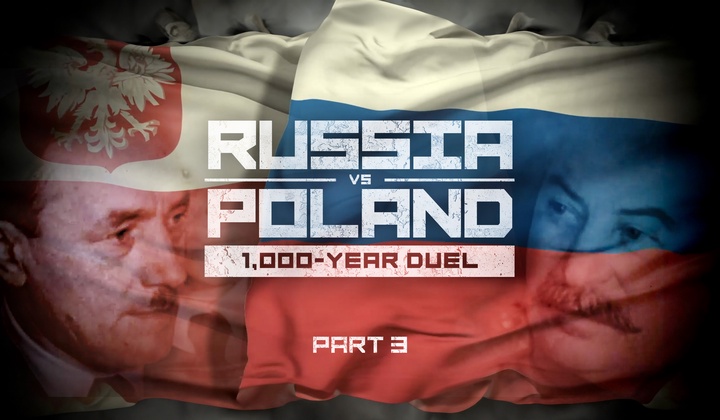When Auschwitz was freed on January 27, 1945, the survivors met their liberators with shouts of «the Russians have come.» Some 70 years later, the whole story of how the Red Army saved Europe from the Nazis is being wiped from Western history books, with Russian soldiers increasingly being portrayed as oppressors and occupiers rather than saviours. Poland’s lower house of parliament even approved a bill to demolish Soviet-era statues, including monuments to Red Army soldiers. However, not all have forgotten who stopped Hitler’s war machine. Those who remember still honour their tremendous sacrifices. Watch the documentary for a closer look at the battle over World War II history.
